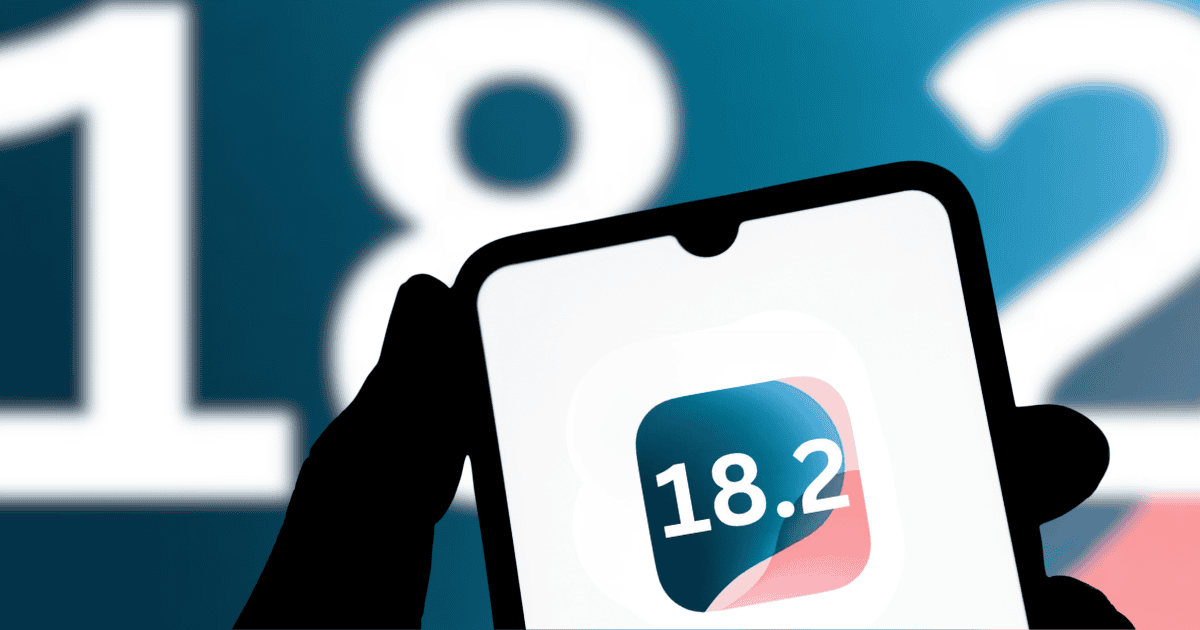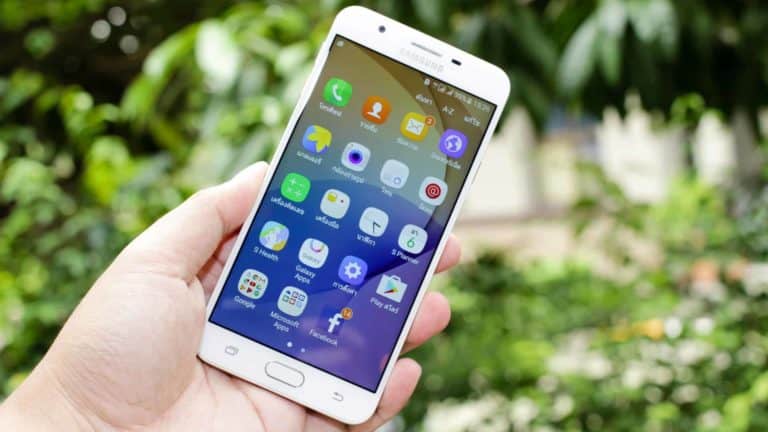The release of the iOS 18.2 public beta has sparked excitement among tech enthusiasts, introducing cutting-edge Apple Intelligence features such as Genmoji, Visual Intelligence, and Image Playground. While these innovations offer users the chance to pioneer Apple’s latest offerings, they also come with the inherent risks of beta testing. This comprehensive guide explores why you might want to hold off on installing the update on your primary device and how to safely navigate the beta if you choose to proceed.
What iOS 18.2 Public Beta Brings to the Table
Key Features to Anticipate
- Genmoji: Dive into more engaging social interactions with personalized animated avatars that add a new layer of fun to your messages.
- Visual Intelligence: Experience enhanced photo interactions with improved recognition capabilities, making your device smarter about what it sees.
- Image Playground: Unleash your creativity with robust image editing tools that transform how you manipulate photos and graphics directly on your device.
These features are designed to significantly enhance user experience on compatible devices, such as the iPhone 15 Pro and iPhone 16 series, marking a step forward in mobile technology.
The Risks of Running iOS 18.2 Beta
Understanding the Potential Drawbacks
Beta versions, while exciting, are a work in progress and come with several risks:
- Unfinished Features: The software may include incomplete features that could lead to device instability and frequent updates.
- Bugs and Glitches: Beta stages are notorious for various bugs that can disrupt everything from app functionality to overall system operations.
- Connectivity and Performance Issues: Common problems in beta versions include connectivity issues with Bluetooth and Wi-Fi, third-party app compatibility issues, and increased CPU usage which can lead to overheating and battery drain.
Specific Concerns with iOS 18.2
- Third-Party App Compatibility: As developers adjust to new OS features, some apps may not function correctly, affecting productivity and user experience.
- System Overloads: New features like background indexing for photos can consume significant power, potentially leading to reduced battery life and hardware stress.
Safe Testing Strategies
Best Practices for Beta Testers
If you decide to explore the iOS 18.2 beta, consider the following strategies to mitigate risks:
- Secondary Device Installation: Use an older, less essential device for beta installation to keep your primary phone secure from potential issues.
- Regular Backups: Maintain frequent backups of your data to protect against data loss during testing.
- Familiarity with Reversion Techniques: Know how to downgrade to iOS 17 should you need to rollback due to unsolvable issues with the beta.
Developer Insights: Why Beta Feedback is Crucial
The Role of Beta Testing in Development
- Bug Fixes: User feedback is instrumental in identifying and resolving bugs before the final release.
- Performance Enhancements: Real-world testing provides developers with critical data to optimize performance and fix stability issues.
Long-Term Considerations for Beta Testers
Evaluating the Impact on Device Health
- Battery and Hardware Longevity: Prolonged high-performance tasks typical in beta testing can shorten the lifespan of your device’s battery and other components.
Making an Informed Decision
The decision to install the iOS 18.2 beta should not be taken lightly. While the opportunity to utilize new features is appealing, the potential for bugs and other issues means that installing the beta on a device critical for daily use is risky. For most users, waiting for the stable release of iOS 18.2 may be the wiser choice.






